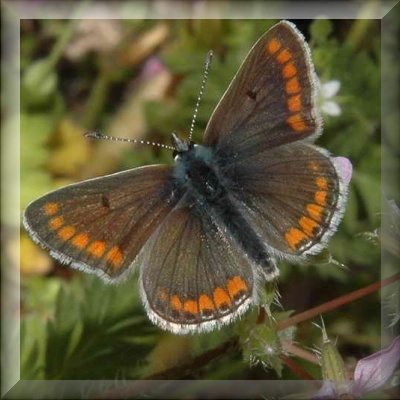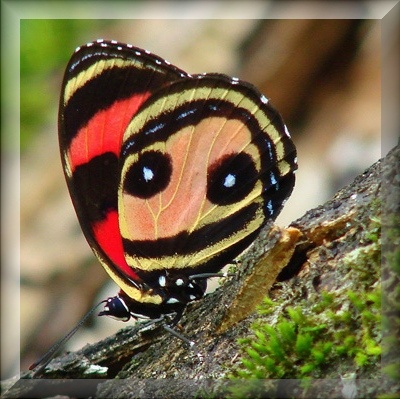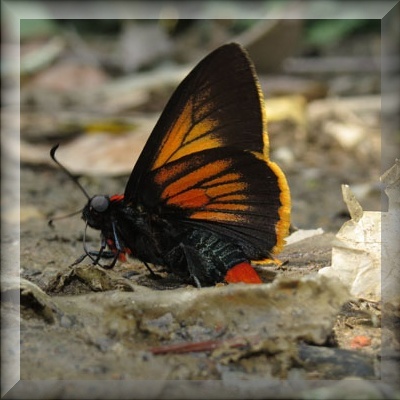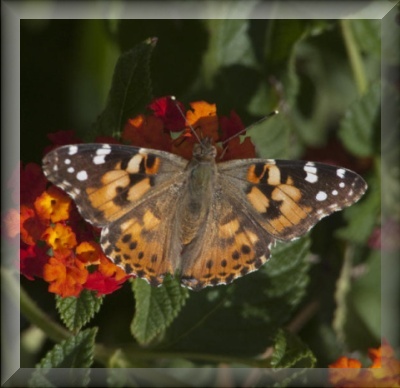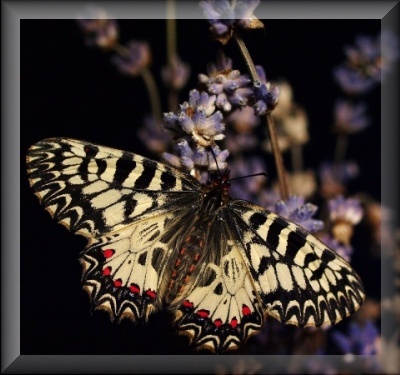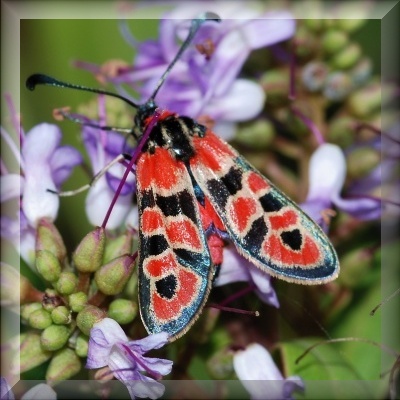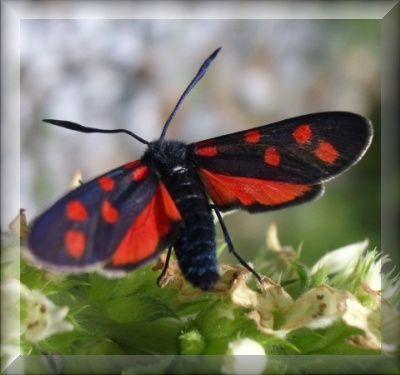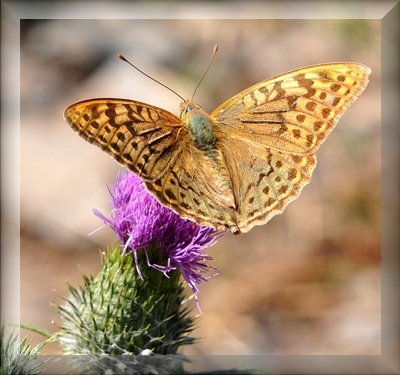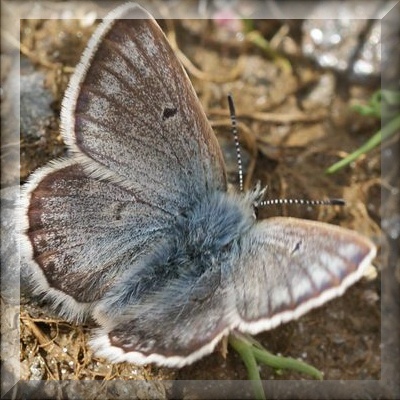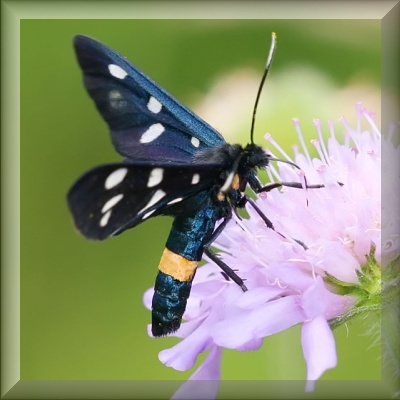Welcome
Although the name of the website suggests it's all about butterflies, I also included the group that completes the order Lepidoptera, namely the moths of the world.
Lepidoptera
The term lepidoptera is introduced by the Swedish botanist Karl von Linné, better known by it's latin name Carolus Linneaus in 1735. It is a contraction of the words "lepido", meaning scale and "pteron", meaning wing or feather. First published in 1759 in his book "Animalium specierum in classes, ordines, genera, species, ..." he describes the classification of butterflies and moths in the order Lepidoptera of the animal kingdom.
It is a contraction of the words "lepido", meaning scale and "pteron", meaning wing or feather. First published in 1759 in his book "Animalium specierum in classes, ordines, genera, species, ..." he describes the classification of butterflies and moths in the order Lepidoptera of the animal kingdom.

